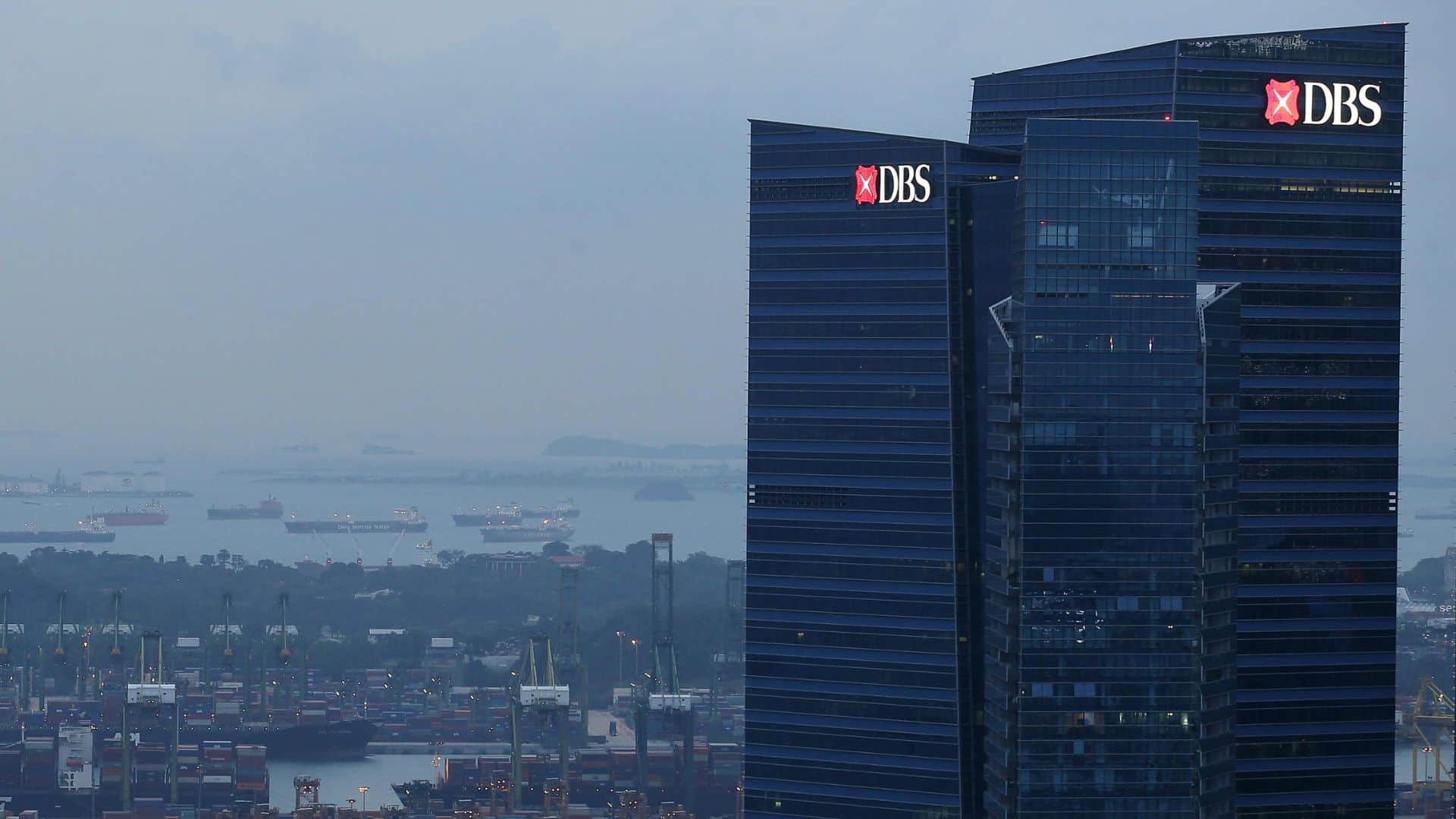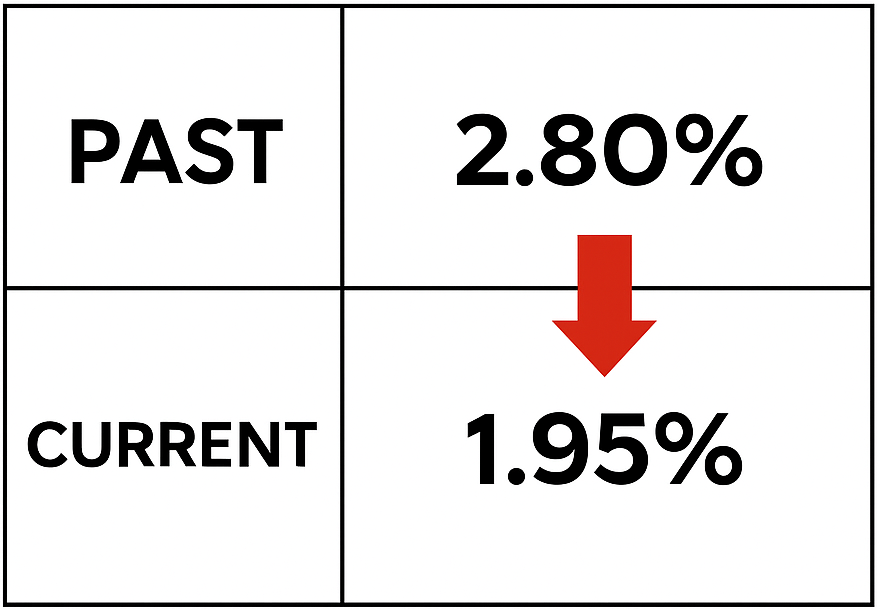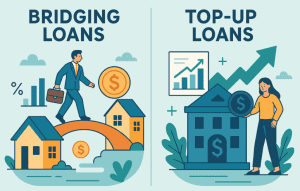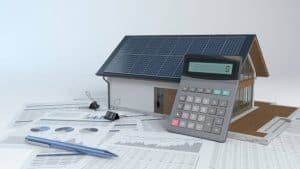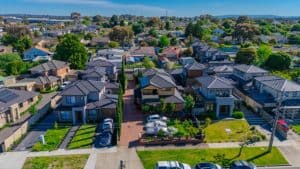Dreaming of owning a home in Singapore? Understanding the DBS FHR6 rate is essential before committing to a mortgage. With the DBS FHR6 rate now standing as a popular benchmark for home loans in 2025, homeowners are eager to lock in competitive rates and secure the best deals.
In this guide, we’ll break down everything you need to know about the current DBS FHR6 rate, how it compares to other benchmark rates like SORA, and how it fits into the bigger picture of home loan rates in Singapore. Stay ahead of the market and make informed decisions that align with your financial goals.
Understanding DBS FHR6: What Is It and How Does It Work?
Navigating Singapore’s property market can feel like a maze, especially with so many home loan options to choose from. One term that often pops up is the DBS FHR6 rate—a benchmark that’s popular among homeowners looking for stability in their mortgage repayments.
But what exactly is it, and how does it work? Let’s unpack this important piece of the mortgage puzzle.
What is DBS FHR6 and how is it determined?
DBS FHR6 stands for “Fixed Deposit Home Rate 6 months.” It’s a transparent benchmark rate set by DBS Bank based on their 6-month Singapore Dollar fixed deposit interest rates. In simple terms, this means DBS looks at how much it pays depositors on its 6-month fixed deposits and uses that rate as a base for calculating home loan rates.
The key advantage? FHR6 offers predictability, making it easier for homeowners to plan their monthly repayments.
Expert Tip: Homebuyers looking for stability often prefer FHR6 because it doesn’t fluctuate as wildly as other market-based rates.
How does FHR6 compare to other benchmark rates like SORA?
While FHR6 is pegged to DBS’s fixed deposit rates, SORA (Singapore Overnight Rate Average) is a floating rate based on overnight lending between banks. SORA often tracks market fluctuations more closely and can change more frequently than FHR6.
Here’s a quick comparison:
- FHR6: More stable, based on DBS’s 6-month fixed deposit rates.
- SORA: Market-driven, can fluctuate daily.
If you’re deciding between the two, think about your risk tolerance.
Why choose an FHR6-pegged home loan over other options?
Choosing FHR6 means choosing stability. Because it’s linked to DBS’s fixed deposit rates, FHR6 doesn’t change as rapidly as rates like SORA. For homeowners who prefer consistent repayments—and fewer surprises—an FHR6 loan can be a reliable option.
That said, it’s always smart to compare your options. For example, DBS also offers SORA-pegged loans, which may be more suitable if you’re comfortable with a bit more rate volatility.
Current DBS FHR6 Rates and Fixed Deposit Interest Trends
When choosing a home loan in Singapore, keeping up with the latest DBS FHR6 rate is essential. With rates shifting alongside market conditions and DBS’s own fixed deposit offerings, staying updated can save you thousands over the life of your mortgage.
Let’s explore what the current FHR6 rate is, how fixed deposit trends affect it, and how it has evolved over time.
What is the current DBS FHR6 rate as of June 2025?
As of June 2025, the DBS FHR6 rate stands at 2.90%. This means your home loan interest rate will include this base rate plus a spread (usually between 0.8% and 1.5%, depending on your package).
Remember to always check the latest rates directly on the DBS Home Loan Rates page or consult with a mortgage advisor like Ace Mortgage for updated figures and personalized guidance.
How do DBS fixed deposit rates influence the FHR6 rate?
DBS’s FHR6 rate is pegged directly to their 6-month Singapore Dollar fixed deposit interest rates. When DBS raises or lowers these deposit rates, it has a direct impact on your mortgage rate.
Here’s how it works:
- If the 6-month fixed deposit rate rises, your FHR6-based mortgage rate could increase.
- If it falls, your home loan interest rate might decrease too.
This close link makes FHR6 a relatively predictable and transparent benchmark compared to market-based rates like SORA.
Historical trends: How has the FHR6 rate changed over time?
Looking back, the DBS FHR6 rate has seen moderate adjustments, reflecting economic shifts and DBS’s own deposit strategies. Check out the table below for a quick overview of the rate changes over the years:
DBS FHR6 Rate Trends (2020–2025)
| Year | DBS FHR6 Rate (%) |
|---|---|
| 2020 | 0.90% |
| 2021 | 1.20% |
| 2022 | 1.50% |
| 2023 | 1.80% |
| 2024 | 2.20% |
| 2025 (June) | 2.90% |
While FHR6 rates generally move more gradually than market-based rates, they’re not entirely immune to economic shifts. It’s smart to review them regularly, especially when considering refinancing or new loan packages.
DBS Home Loan Packages: Fixed vs Floating Rates
Choosing the right home loan package is crucial for homeowners looking to manage their budgets and avoid surprises. With DBS, you have the option of fixed-rate and floating-rate home loans, each with its own set of benefits and drawbacks. Let’s dive into the details and help you find the best fit.
What are the features of DBS fixed-rate home loan packages?
DBS offers fixed-rate home loan packages that lock in your interest rate for a set period, usually between two to five years. This means:
- Your monthly repayments remain the same during the fixed period.
- You’re protected from rate hikes in the market.
- At the end of the fixed period, your loan usually reverts to a floating rate (often linked to FHR6 or SORA).
Honestly, my opinion is that fixed-rate packages provide peace of mind, especially during periods of rate volatility. However, they might be priced slightly higher than floating rates initially.
How do floating-rate packages linked to FHR6 operate?
Floating-rate packages linked to FHR6 adjust periodically based on changes in DBS’s 6-month fixed deposit interest rate. Here’s how it works:
- When DBS’s FHR6 rate changes, your mortgage rate follows suit (after a bank-determined spread).
- This means your repayments can go up or down depending on the movement of FHR6.
- DBS usually reviews FHR6 rates quarterly, offering some predictability compared to daily or monthly resets of other rates like SORA.
For the latest on FHR6-linked packages, check out DBS’s official page or consult with an advisor at Ace Mortgage.
Which loan package is suitable for different borrower profiles?
Choosing between fixed-rate and floating-rate packages often depends on your financial goals and risk tolerance:
- First-time buyers might prefer the stability of fixed rates to avoid surprises in monthly payments.
- Experienced investors might choose FHR6 packages to take advantage of potential rate decreases.
- Homeowners with tight budgets might lean towards fixed rates to better plan their finances.
Expert Tip: Before deciding, use a mortgage calculator to estimate monthly payments and compare different scenarios.
Refinancing with DBS: Is It the Right Time?
With interest rates shifting in 2025, many homeowners are wondering whether now is the perfect time to refinance their DBS home loan.
Understanding the pros and cons of refinancing—especially how the current FHR6 rate affects your monthly repayments—can save you a significant amount over time. Let’s walk through the key benefits and a simple step-by-step guide to get started.
What are the benefits of refinancing your home loan with DBS?
Refinancing your DBS home loan can be a game changer for your finances. Here’s a quick comparison table that outlines how refinancing with the current FHR6 rate might stack up against sticking with your current package:
Comparing Your Current Loan with Refinancing to DBS FHR6
| Feature | Current Loan | Refinancing with FHR6 |
|---|---|---|
| Interest Rate | May be higher, depending on original package | 2.90% + spread (as of June 2025) |
| Monthly Payment | Could be higher if rate locked in at higher levels | Potentially lower with current FHR6 rate |
| Loan Features | Original features, may be outdated | Flexible packages, updated features |
| Lock-in Period | Depending on initial terms, may be long | DBS often offers competitive lock-in periods |
| Cash-out Option | May not be available | Possible to access cash from property equity |
My personal advice? It’s worth running the numbers with a mortgage calculator before making any move—sometimes even a small rate difference can save you thousands over the years.
How does the current FHR6 rate impact refinancing decisions?
With the DBS FHR6 rate currently at 2.90% (as of June 2025), refinancing to an FHR6-pegged package might make sense if:
- Your existing mortgage rate is higher.
- You expect rates to remain stable or even decrease slightly.
- You’re comfortable with some rate variability compared to a fixed-rate package.
Keep in mind, however, that future rate hikes could affect your repayments.
Step-by-step guide to refinancing your home loan with DBS
Here’s a quick roadmap to get you started:
- Check Your Existing Loan Terms: Understand your current interest rate, lock-in period, and any prepayment penalties.
- Compare Packages: Use DBS’s website or Ace Mortgage to explore the latest refinancing offers.
- Get a Valuation: DBS (or your preferred mortgage advisor) will arrange for a property valuation to determine the loan amount.
- Submit Application: Provide the necessary documents, including your income proof, property title, and ID.
- Review Approval and Sign: Once approved, review the offer carefully before signing the refinancing agreement.
A good mortgage broker can make refinancing smoother and help you avoid hidden costs.
Comparing DBS FHR6 with Other Banks’ Home Loan Rates
Shopping for the best home loan in Singapore often means comparing rates from different banks. With DBS FHR6 being a popular benchmark, how does it stack up against competitors like OCBC and UOB? Let’s break down the details, including real-life case studies, to help you make an informed choice.
How does DBS FHR6 compare to OCBC’s and UOB’s home loan rates?
While DBS uses the FHR6 rate as its main benchmark, OCBC and UOB typically use their own board rates or similar fixed deposit–linked rates. Here’s a quick comparison table to make things clearer:
DBS FHR6 vs. OCBC and UOB Board Rates (Singapore - November 2025)
| Feature | Current Loan | Refinancing with FHR6 |
|---|---|---|
| Interest Rate | May be higher, depending on original package | 1.40% + spread (as of Sep 2025) |
| Monthly Payment | Could be higher if rate locked in at higher levels | Potentially lower with current FHR6 rate |
| Loan Features | Original features, may be outdated | Flexible packages, updated features |
| Lock-in Period | Depending on initial terms, may be long | DBS often offers competitive lock-in periods |
| Cash-out Option | May not be available | Possible to access cash from property equity |
While DBS FHR6 can be more stable, always check the latest rates directly with the banks or consult a mortgage advisor for the most accurate figures.
What are the advantages and disadvantages of FHR6 compared to SORA?

Advantages of FHR6:
- More stable and predictable than SORA, which is market-driven.
- Typically reviewed quarterly, so less frequent rate adjustments.
- Easier for budgeting monthly payments.
Disadvantages of FHR6:
- May not benefit from falling interest rates as quickly as SORA does.
- Less transparent than SORA, which is published daily by MAS.
Personal Take: If you value stability and predictability, FHR6 is a good bet. But if you’re willing to ride the market, SORA might save you money when rates are falling.
Case studies: Real-life comparisons of FHR6 and other loan packages
Let’s look at a real-life scenario to make this clearer.
Case Study:
- Homebuyer A: Refinanced their DBS loan to an FHR6-pegged package at 4.20% (2.90% + 1.30% spread).
- Homebuyer B: Chose an OCBC SORA package at 3.80% (0.80% SORA + 3.00% spread).
Results:
- Homebuyer A: Enjoyed consistent payments and easy budgeting.
Homebuyer B: Saw monthly payments fluctuate but managed to save money as SORA rates dipped in late 2025.
FHR6 vs. SORA Case Study Summary
| Homebuyer | Package | Interest Rate | Monthly Payment |
|---|---|---|---|
| A | DBS FHR6 | 4.20% | $2,400 |
| B | OCBC SORA | 3.80% | $2,300 (variable) |
Remember to always compare different packages, factoring in your financial goals and risk tolerance before deciding.
Tips for Managing Your Home Loan Amid Interest Rate Changes
Interest rates are always on the move, and that can affect your monthly home loan payments. Whether you’re on a DBS FHR6 package or any other benchmark rate, it’s smart to have a strategy in place to manage fluctuations.
Let’s look at how to keep tabs on FHR6, ways to handle rising rates, and when it might make sense to switch to another package.
How to monitor changes in the FHR6 rate effectively?
Staying updated on the FHR6 rate can help you make informed decisions about refinancing or repricing. Here’s how to keep an eye on it:
- Check DBS’s website regularly: They publish the latest FHR6 rates and updates.
- Use financial news portals like The Business Times for economic updates that might affect fixed deposit rates.
- Talk to a mortgage advisor at Ace Mortgage for personalized guidance.
Here’s a tip: Set calendar reminders to review your loan terms at least once every 6–12 months so you’re not caught off guard by rate changes.
Strategies to mitigate the impact of rising interest rates on your loan
When rates climb, your monthly payments might too. Here are some ways to ease the impact:
- Make partial repayments to reduce your outstanding principal and interest costs.
- Consider refinancing to a lower-rate package if rates remain competitive.
- Review your budget to ensure you have enough buffer for higher payments.
Honestly, a little preparation now can save you a lot of stress later, especially in a rising rate environment.
When should you consider switching from FHR6 to another rate package?
Switching from FHR6 to another rate package might be wise if:
- You anticipate interest rates rising sharply in the near term.
- Another bank offers a more attractive SORA or fixed-rate package.
- You’ve reached the end of your lock-in period and want to explore better deals.
Always compare packages carefully using a mortgage calculator to estimate potential savings before making the switch.
Conclusion: Make the Right Move with DBS FHR6 Rates Today
Choosing the right home loan package is one of the most important decisions you’ll make as a homeowner. With the current DBS FHR6 rate at 2.90% (as of June 2025), it’s a great time to explore refinancing or new loan packages that align with your financial goals.
By understanding how DBS FHR6 works, comparing it to competitors like OCBC and UOB, and learning strategies to manage your loan amid rate changes, you’re well-prepared to make a smart, informed choice.
Ready to take the next step? Contact Ace Mortgage today for personalized advice and to secure the best home loan rates in Singapore that fit your needs. Your dream home—and your financial peace of mind—are closer than you think.

